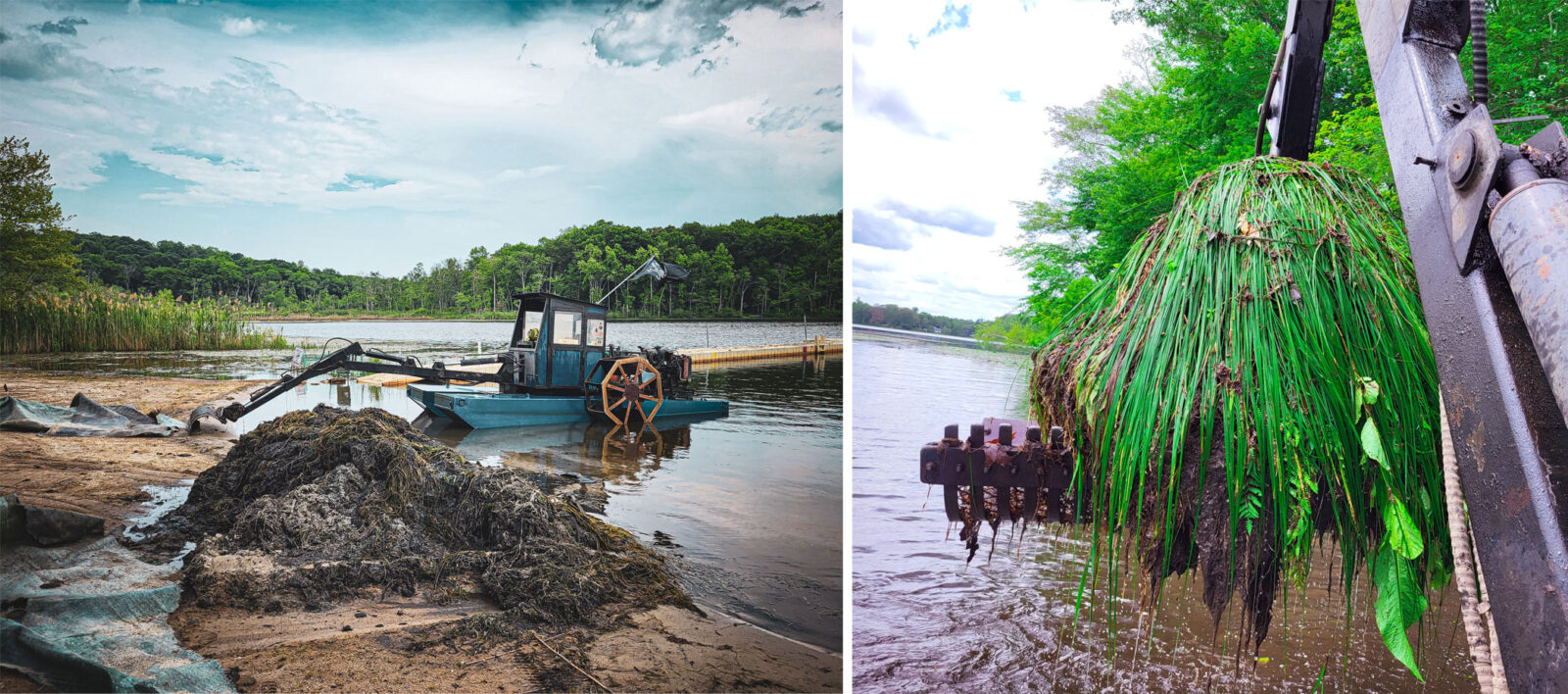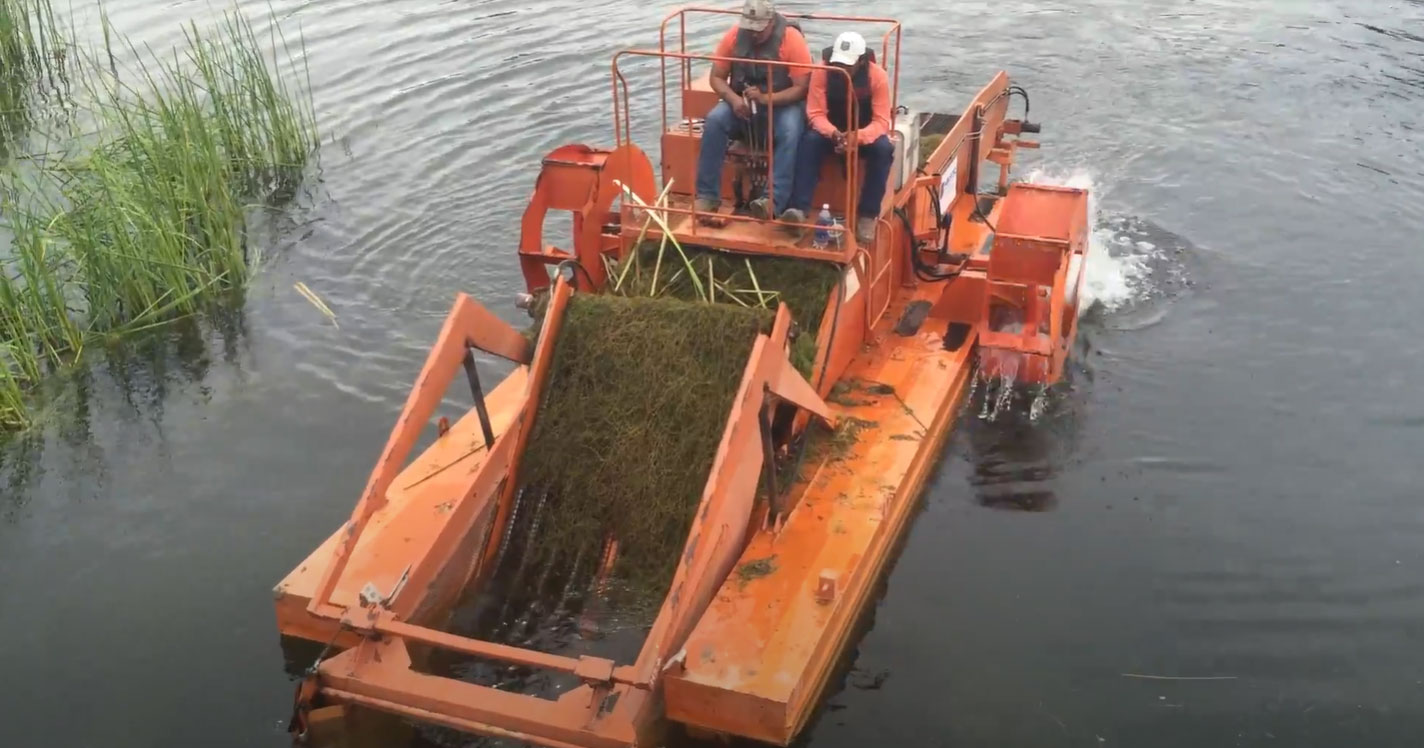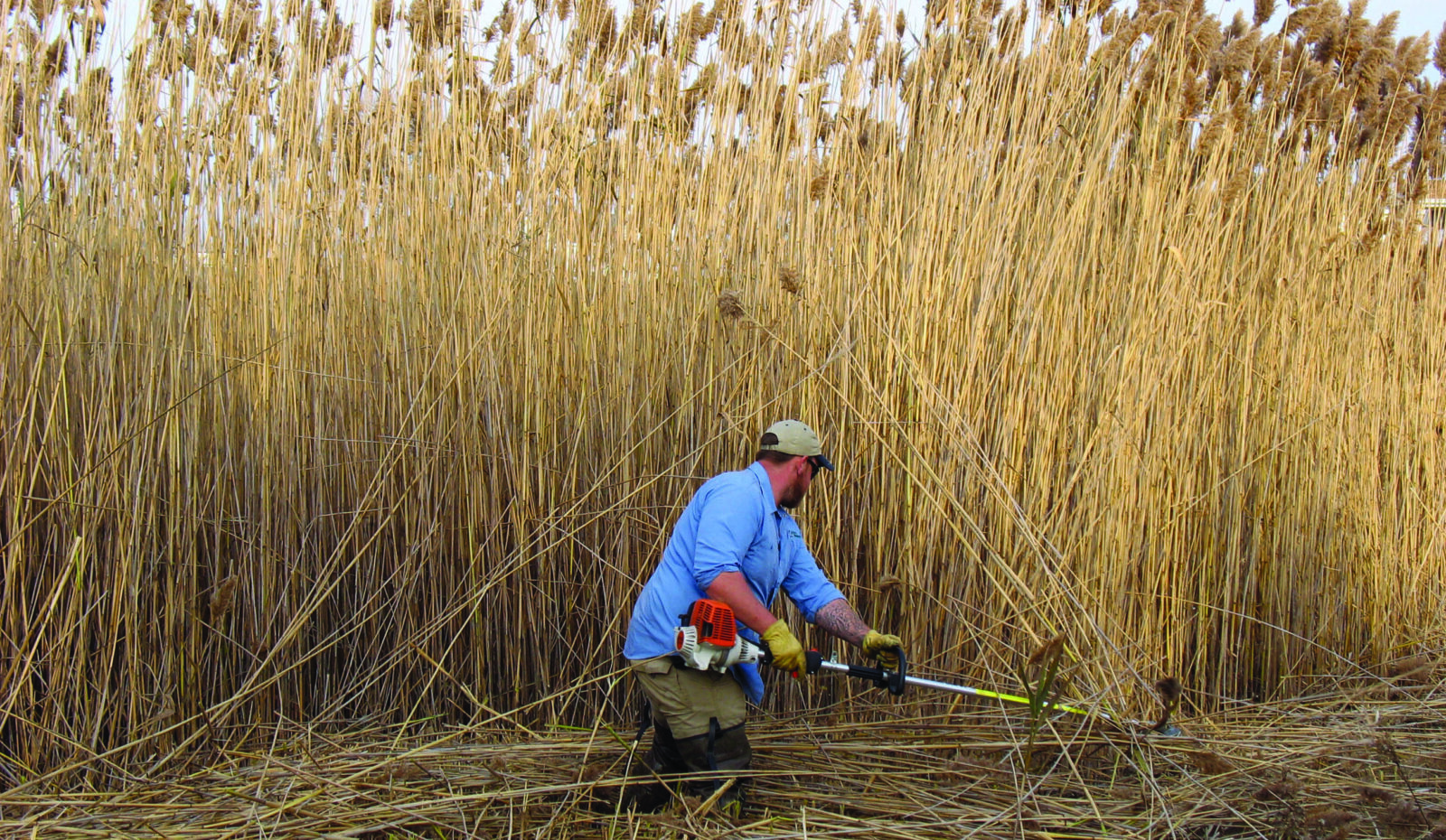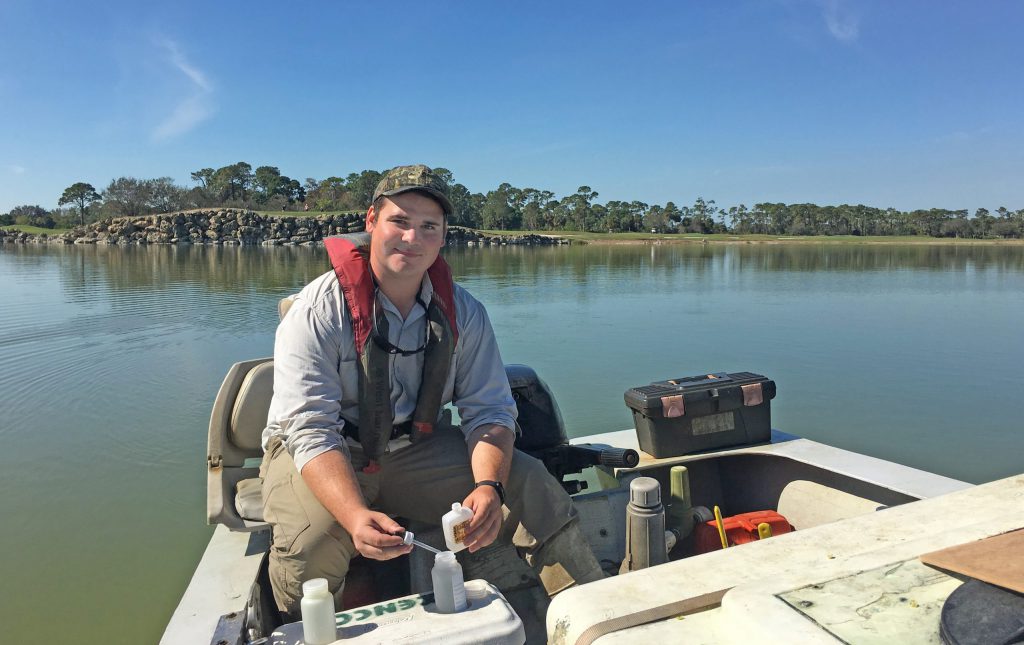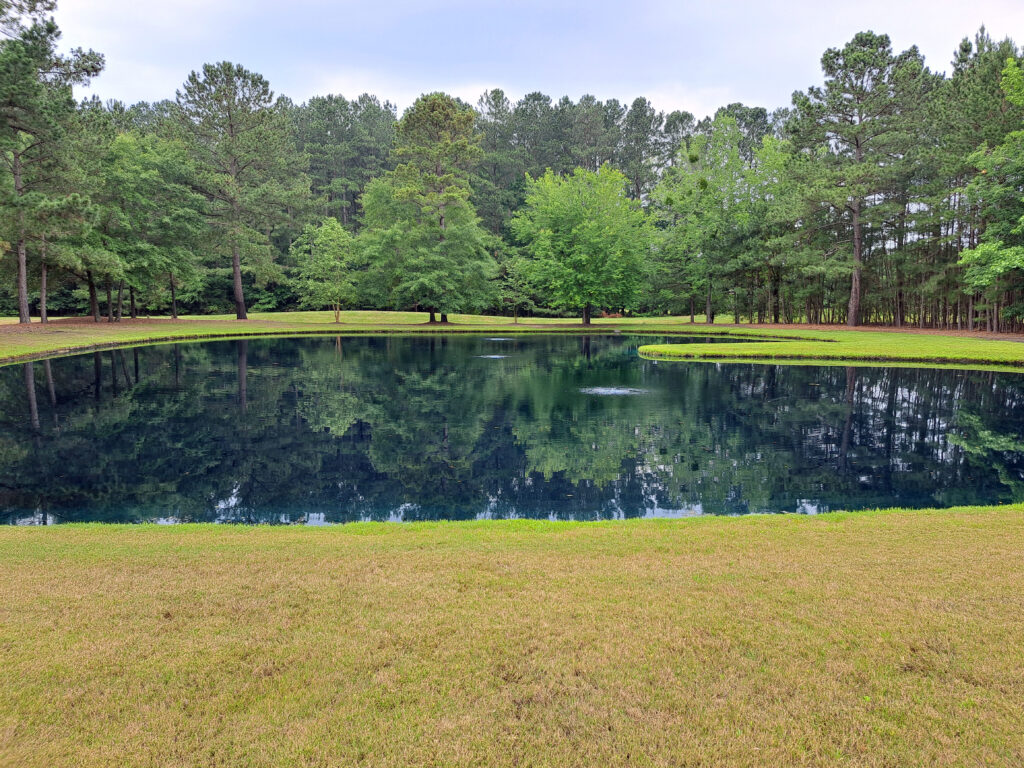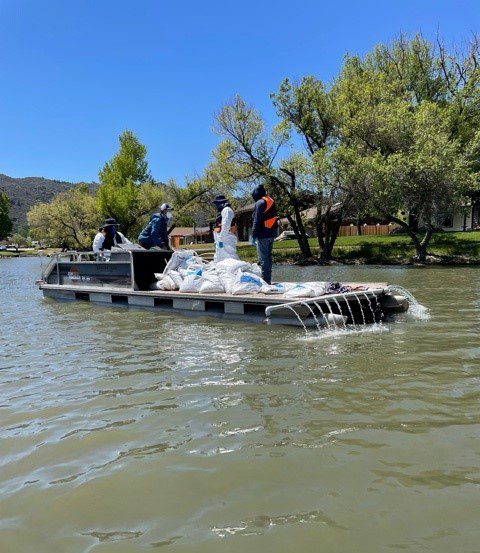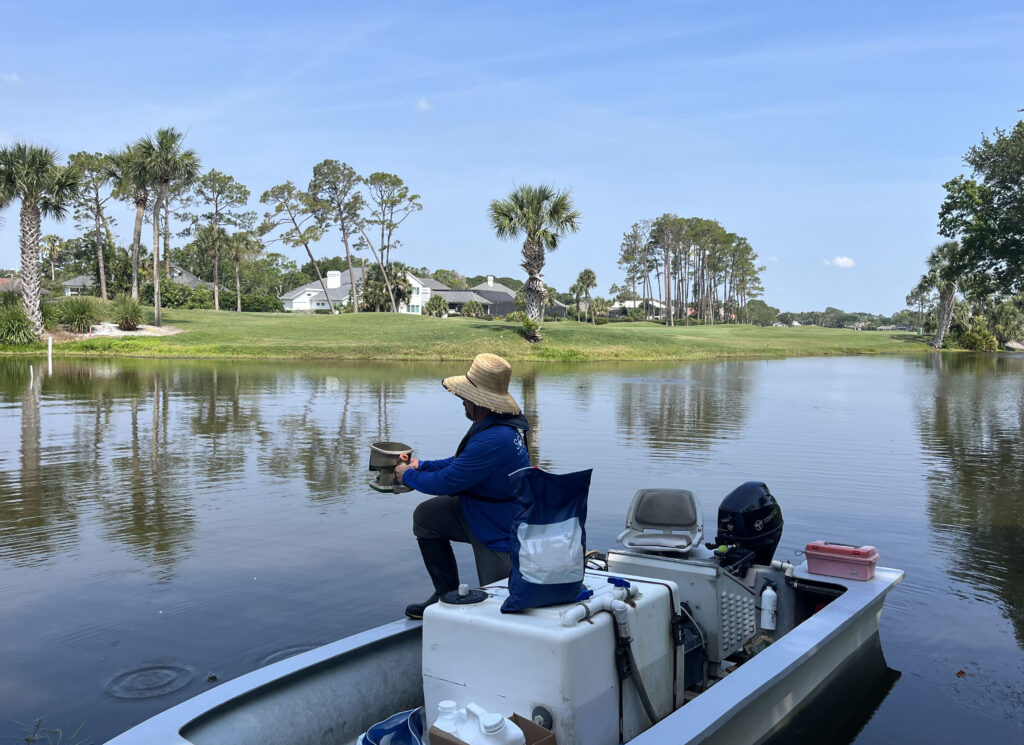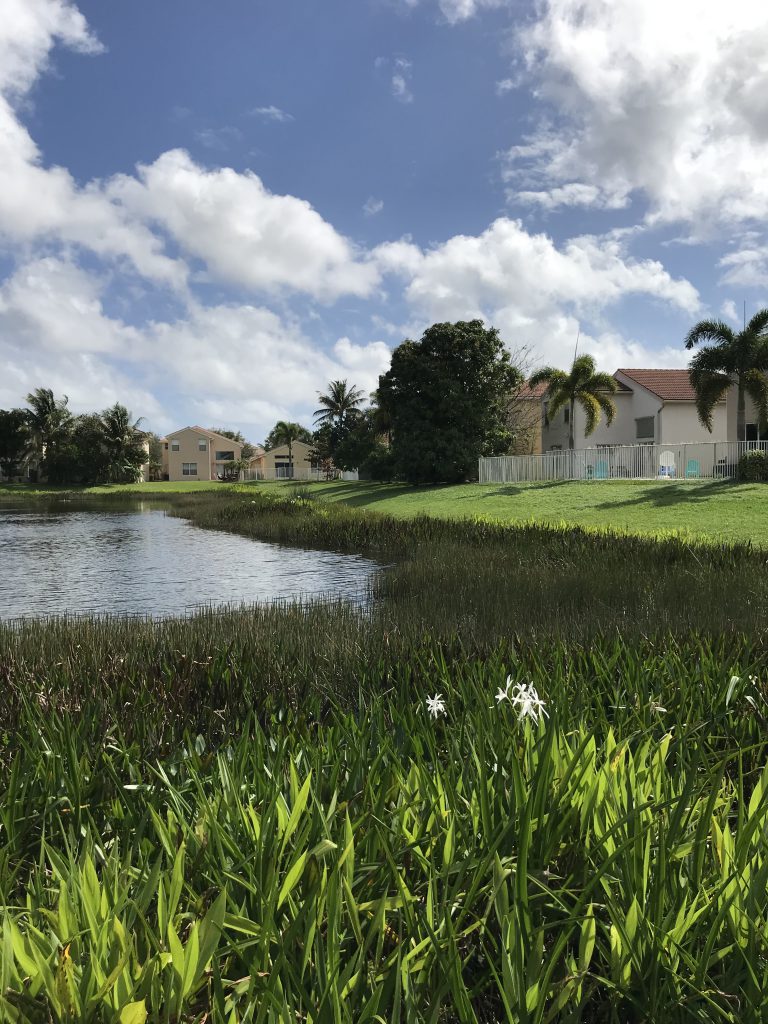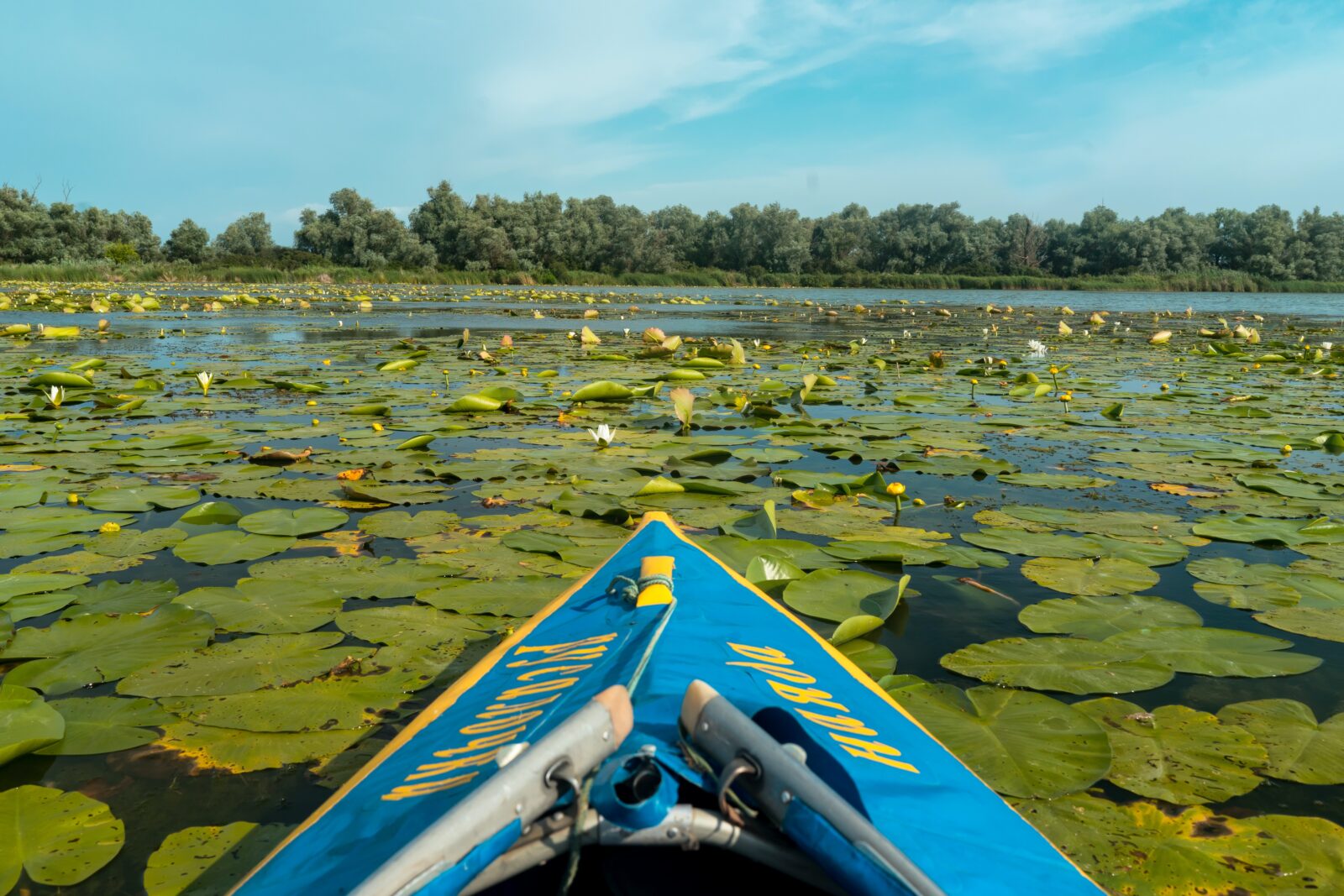
How to Get Rid of Lake Weeds with Physical Removal Strategies
Picture a serene lake with sparkling water, inviting you to cast your reel for a trophy-sized fish, embark on a peaceful boating adventure, or take a refreshing dive. But an unwelcome intruder may be lurking just beneath the water, ready to entangle your lure, clog your motor, or snare your legs with a jungle of long tendrils. Lake weeds may not only interrupt your enjoyment of the water, but they can also be extremely hazardous to people, pets, and essential stormwater infrastructure. Fortunately, there are several lake weed removal options and services to help clear your water of these invaders.
Submersed lake weeds are just one aquatic plant category. Aquatic weeds can also be found floating on the surface or emerging from shallow waters around the perimeter of the waterbody. EPA-registered herbicides are effective tools to get rid of lake weeds safely and rapidly, but they do not always get to the root of the problem. Lake weeds can reproduce in many ways that allow them to return after an herbicide application. These include seeds, spores, tubers, rhizomes (horizontal underground shoots), and fragmentation via small pieces of plant matter. Additionally, some stakeholders may prefer an all-natural lake weed removal solution to their problem. To establish lasting control of lake weeds, and depending on the type of lake weeds you are dealing with, physical removal utilizing a lake weed removal machine is sometimes the best or preferred option.
Hydro-raking: Submersed Lake Weed Removal
Aquatic experts can choose from a variety of lake weed removal services and methods based on the target lake weed species. Mechanical hydro-raking is a highly effective tool to physically remove the intricate root systems, tubers, rhizomes, and seeds that are buried in the bottom sediments. A hydro-rake, one of several lake weed removal machines, is essentially a floating barge equipped with a backhoe that can dig out up to 500 pounds in each scoop. The sediment and plant matter are then deposited on-shore for disposal. In addition to removing entire plants, hydro-rakes help restore depth and volume to the waterbody to reduce the risk of flooding.
Common submersed weeds:
- Watermilfoil
- Hydrilla
- Mudmat
- Fanwort
Mechanical Harvesting: Floating Lake Weed Removal
Hydro-raking, however, is not an effective method of lake weed removal for floating plants, which do not have true root systems. To target floating weed species through physical removal, aquatic experts rely on a floating mechanical harvester, a lake weed removal machine equipped with a cutting mechanism and a steel conveyor belt that transports plant matter to an onboard holding area. Once full, the plant matter is off-loaded at the shoreline for dewatering and removal. Because many floating lake plants reproduce through fragmentation, lake weed removal via mechanical harvesting is recommended 2-3 times per season to maintain open water.
Common floating weeds:
- Water Hyacinth
- Water Lettuce
- Giant Salvinia
- Water Chestnut
Emergent Lake Weed Removal
In some cases, it may be difficult to remove emergent plants using a lake weed removal machine without impacting the shoreline or delicate wetland areas. But in these cases, physical management is still possible through methods such as cutting and burning. Like some submersed lake weed species, many emergent plants have rhizomes and complex root systems that allow them to thrive for many seasons after a management program has been implemented. Aquatic experts may use strategic cutting, burning, and hand-pulling over the course of 2-3 years to eliminate them. Often, these methods must be used in conjunction with herbicide applications to be fully effective.
Common emergent weeds:
- Phragmites
- Purple Loosestrife
- Torpedograss
- Alligatorweed
Implement Preventative Care to Prevent Regrowth
After becoming established, nuisance and invasive aquatic weeds can be extremely difficult and frustrating to remove. Once full control has been regained, it’s crucial to implement an ongoing preventative maintenance to ensure they do not return. Through an annual management program, aquatic experts incorporate comprehensive services that are tailored to the unique needs and characteristics of your waterbody.
Water Quality Testing
The foundation of a proactive management program is thorough water quality testing to detect any imbalances that indicate the waterbody is susceptible to aquatic weed growth. Once a baseline is established, experts consistently monitor the waterbody to identify any changes and promptly intervene.
Fountains and Aeration
Dissolved oxygen (DO) is essential to a healthy aquatic ecosystem, and fountains and aerators are effective tools to maintain abundant DO levels. Fountains and surface aerators operate on the water’s surface, facilitating circulation and oxygenation, while submersed aerators release bubbles from the bottom. These tools can be used together for maximum impact.
Nutrient Remediation
Aquatic weeds require nutrients like phosphorus to grow and reproduce. Phosphorus can be found in the bottom sediments, as well as suspended in the water column. Products like Phoslock, aluminum sulfate (alum), and EutroSORB can be applied to “deactivate” or remove them from the waterbody, preventing uptake by nuisance weeds.
Biological Bacteria
Similar to probiotics we take to improve digestion and overall well-being, biological bacteria help aid in the natural composition of nutrient-rich bottom muck and sediment, further improving water quality conditions.
Shoreline Maintenance
Many nutrients in lakes and ponds can be attributed to external sources. During rainstorms, nutrient-rich animal waste, trash, debris, fertilizers, and other pollutants flow across roads and sidewalks until they reach lakes and ponds. In addition to bringing new nutrients into the waterbody, stormwater runoff also deteriorates the shoreline. Native plants introduced around the water’s perimeter can help slow runoff and filter out pollutants. They also help contain soil along the bank to prevent erosion. If a shoreline is too eroded, aquatic specialists can implement bioengineering services to rebuild and anchor it for years of stability.
How Citizens Can Help Promote Healthy Waterbodies
Community members, homeowners, employees, and other individuals also play a vital role in preventing the spread of aquatic weeds. Educating them on the following tips can help preserve the health of water resources:
- Clean boat motors, fishing lines, floaties, and pets after entering the water
- Learn how to properly identify common nuisance weeds and immediately report a suspected infestation
- Don’t buy exotic plants online – many invasive weed infestations are connected to the aquarium trade
- Volunteer at aquatic weed removal events
- Properly dispose of nutrient-rich pet waste, trash, and yard debris
- Limit the use of fertilizers
Avoid Water Quality Issues with Annual Management
Like lawns and gardens, dealing with weeds is a natural and expected part of lake and pond ownership. But without consistent maintenance, a few aquatic weeds can become a big headache, quickly taking over an entire ecosystem. By taking proactive measures to mitigate the growth of weeds, stakeholders can enhance their overall experience and ensure the safety of all who spend time in and around the water. With proper management, lake and pond ownership can be a source of endless enjoyment and relaxation.
SOLitude Lake Management is a nationwide environmental firm committed to providing sustainable solutions that improve water quality, enhance beauty and preserve natural resources.
SOLitude’s team of aquatic scientists specializes in the development and execution of customized lake, stormwater pond, wetland and fisheries management programs. Services include water quality testing and restoration, algae and aquatic weed control, installation and maintenance of fountains and aeration systems, shoreline erosion control, muck and sediment removal and invasive species management. SOLitude partners with homeowners associations, golf courses, private landowners, businesses and municipalities. SOLitude Lake Management is part of Rentokil, a leading business services company, operating across the United States, Canada and Puerto Rico.
For more information, visit SOLitude Lake Management at solitudelakemanagement.com, and connect on Facebook, LinkedIn and Twitter.








